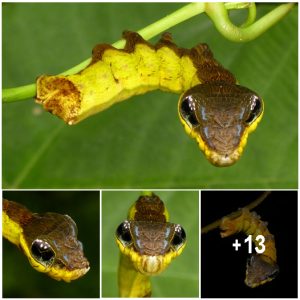The animal world is completely different than ours. There are many interesting and sometimes unbelievable events. Did you know that some spider species mimic ants to infiltrate ant colonies? As we know there are more than 300 species of spiders disguising themselves as ants to infiltrate colonies for hunting and to stay hidden from other predators.
There are more than 300 species of spiders disguising themselves as ants

Ants are fierce predators and they will gladly consume anything in their way
Ants are extremely dangerous to other arthropods; those who venture into their territory will have to face their strong jaws and chemical defenses. Furthermore, ants are fierce predators as well, and they will gladly consume anything in their way. For this reason, spiders have to mimic ants for being close to ants. In this way, the spider can be close to its food source and ultimately gain protection from potential predators such as mantises or other spiders.

Certain spiders can even deploy chemical mimicry to deceive the ants
Some spider species exploit the social nature of ant colonies that can often contain millions of individuals. They have evolved to have thin waists and reflective hair, which make them look shiny as an ant. By lifting their front legs next to their heads, they can also pretend to have antennas. Certain spiders can even deploy chemical mimicry to deceive the ants.

Thanks to these advantages, spiders can actually live inside the ants’ nests, which can provide them with a safe environment and plenty of ants, or larvae, to feed on. For instance, the spider, Gamasomorpha maschwitzi, is able to live among army ants and periodically prey on them, because it can acquire the chemical smells of the ants. Another example is Cosmophasis bitaeniata, a jumping spider that can enter ants’ nests and eat their larvae.





